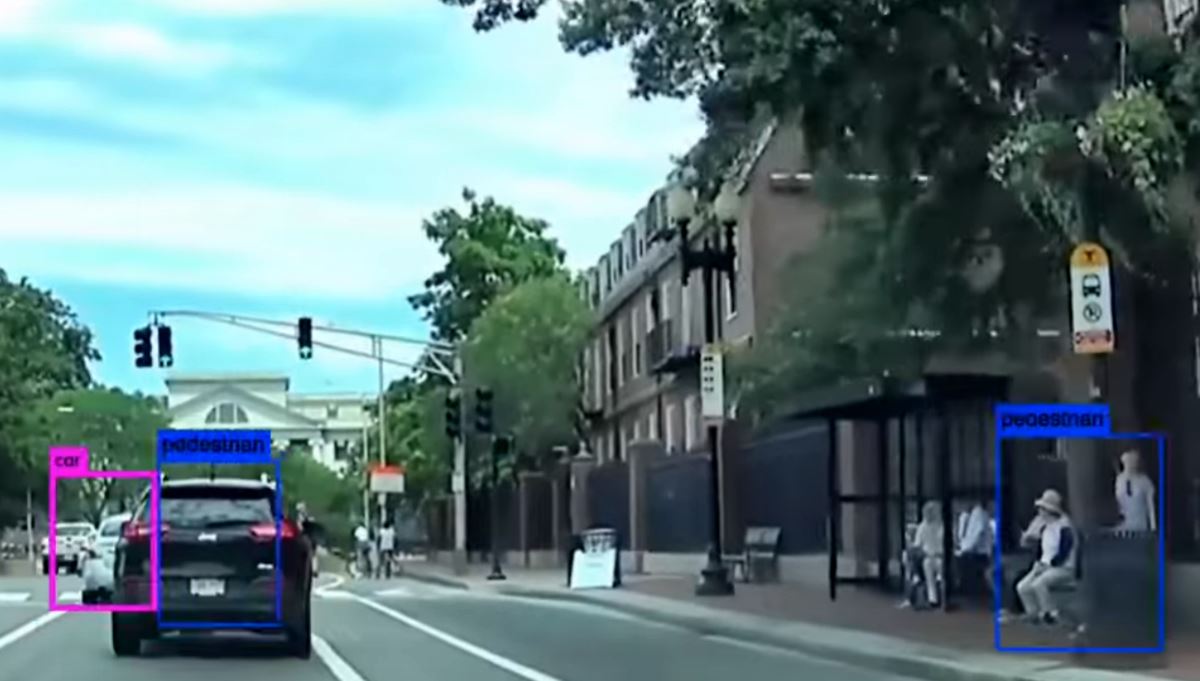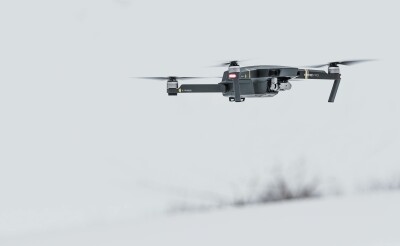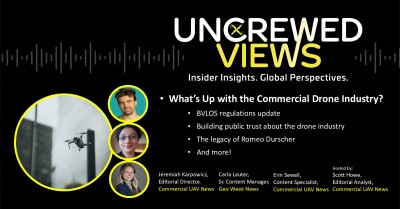Drones can now be fully automated and controlled by software. That begs the question of what could happen if a drone had a brain and could think for itself? Neurala is a company that may have the answer.
In January 2017, the artificial intelligence company
Neurala received a series A funding round of $14 million to expand its product range. Hoping to understand how
Neurala can help the drone industry with artificial intelligence, we reached out to Neurala’s CEO Massimiliano “Max” Versace to ask about what Neurala can offer in terms of AI, how their offering is different and plenty more.
Commercial UAV News: How long have you been involved with AI and neural networks?
Massimiliano “Max” Versace
Max Versace: I started designing Neural Networks in 1996 while studying for my undergraduate program back in Italy. At that time, running a 5-neuron-network would take hours, so there was time to study in between simulations. Hence, I ended up with two PhDs in the field, the latter at Boston University when I became a professor in AI. This was before transitioning to our startup Neurala.
Artificial Intelligence is a buzzword these days. What does Neurala offer in terms of AI and how does it differ from what other companies offer?Neurala offers a specialized and more modern form of artificial intelligence known as deep learning neural networks. We call it The Neurala Brain. The Neurala Brain emulates brain functions commonly found in mammals in a small form factor/sensor package that makes it available almost everywhere there is a simple machine with a camera. Think toys, drones, self-driving cars, industrial robots.
The Neurala Brain is compelling for our partners to use because it encapsulates, in a software package, hardcore AI developed over many years by Neurala in tough projects with NASA and US Air Force. They can just drop it into their application, which becomes smarter, safer, and more useful with little effort from the developer.
What exactly is The Neurala Brain? Can you explain what it can do and how we might expect to see it utilized in the real world?The Neurala Brain is a deep learning neural network and software that emulate the functions of the human brain for navigation and perception. It learns by example. Most developers build a custom brain based on new examples tuned to their environment. A pre-trained Neurala Brain can be further updated locally by the end user for more customization.
The Neurala Brain can be trained for almost any use, such as enabling the following:
- Drones that can recognize and identify anomalies for inspection applications (e.g., damage to power lines, cell towers, roofs, aircraft and other infrastructure)
- Toys and consumer products that can recognize its owner or other toys and objects
- Mobile robots, drones, or self-driving vehicles that can avoid collisions with, or intentionally follow or intercept specific objects
- Advanced factory automation systems for error detection in manufacturing, packaging, or inspection
What does your company have planned in terms of drone related content? Is there any drone related application that the Neurala Brain is being used in right now?We are working with major drone companies for both consumer applications and for commercial inspection applications.
As an example of consumer application is the
Teal Drone that will be bundled with The Neurala Brain. We are also working with Parrot.
On the commercial side, we are working with several players for inspections of power lines, cell towers and solar panel arrays. By highlighting the areas of interest, The Neurala Brain can save much more than it costs in inspection effort. Additionally, we are working with special-purpose drone manufacturers in the search & rescue space.
How does the neural network work with a device, especially a drone? Can you give a detailed example of how a drone with Neurala Brain will/can be used?An inspection drone can be trained with The Neurala Brain to recognize things like corrosion, junction boxes, antenna, serial numbers and so forth. The user may then use the information in one of two ways.
One way is to speed up search. Imagine a drone has captured 10 minutes of video moving around a cell tower or a transmission line. Our software can pinpoint the frames with the corrosion, junction boxes, antenna, serial numbers and so forth. That means a human inspector can verify the images without the need to watch the entire video.
A second way is to extract thumbnails of what The Neurala Brain finds.
You mentioned that your software is able to recognize their young owners by sight and give them a smile without communicating with a server. Is this similar to the technology present in modern photographic cameras or something more advanced? How does it work? Does it mean a drone will be able to recognize its owner, for example, and refuse to take off if he does not know the user?The Neurala Brain is much more advanced than the technology present in modern cameras. It can learn faces and other objects right on the device and behavior can be tailored based on the recognition. It is possible for a drone maker to use the technology to only allow a drone to take off when it sees its owner.
If the software is stored locally on a device, how are updates rolled out to the device, if there are any?Drone makers have a choice. The Neurala Brain can be deployed directly on the drone and updated using the normal software process used by the drone makers.
The Neurala Brain is “a bio-inspired approach to mimic the way the human brain learns and analyzes its environment”. That sounds a bit like science-fiction and makes some people think of a world dominated by machines. How similar is it to a real brain? Is there any danger of these machines becoming able to outsmart humans and take control of the world?The Neurala Brain emulates aspects of human behavior in software. We have not implemented the one that makes human evil, and are planning not to. Humans, on the other hand, should take care of that defective part, possibly ASAP.
















Comments